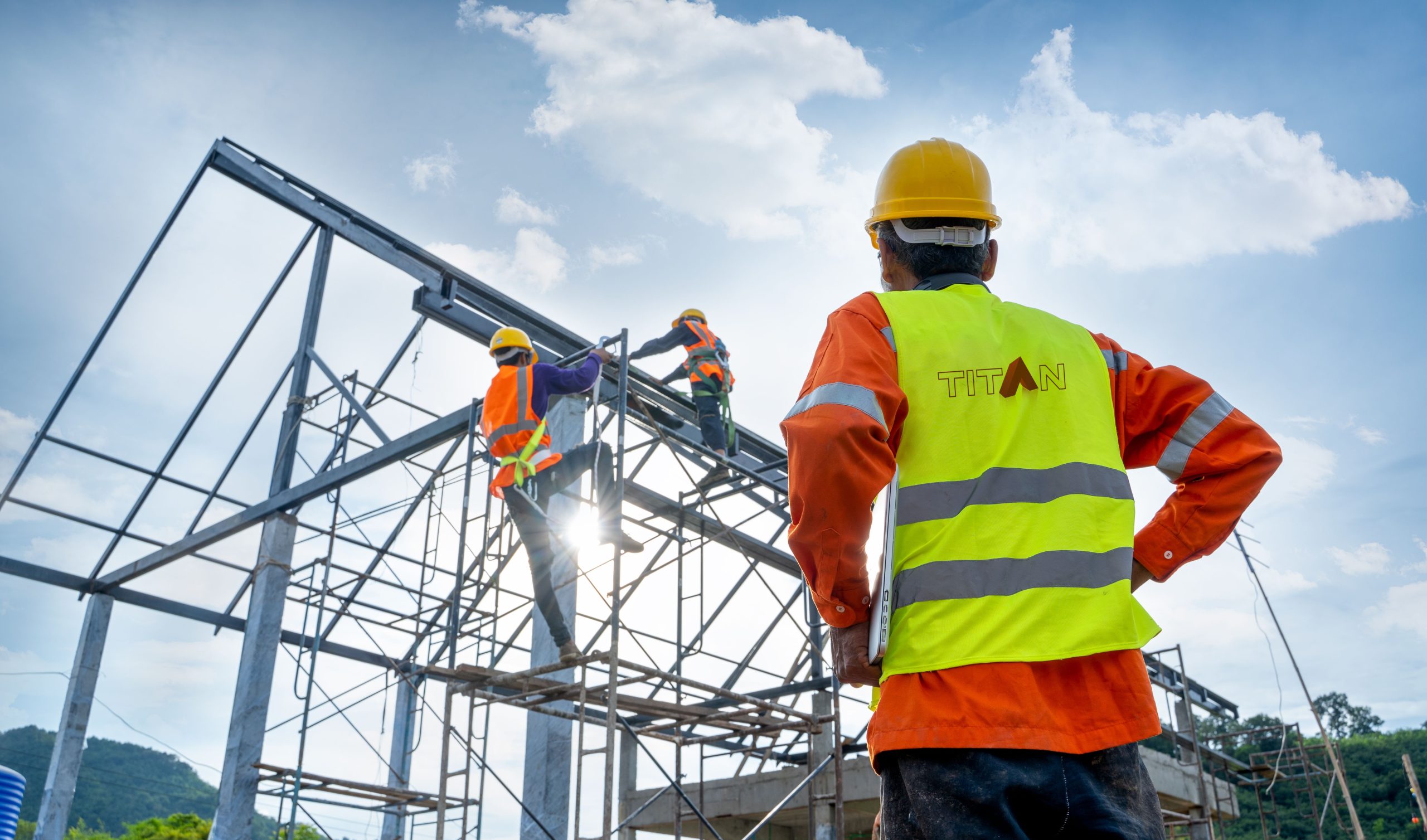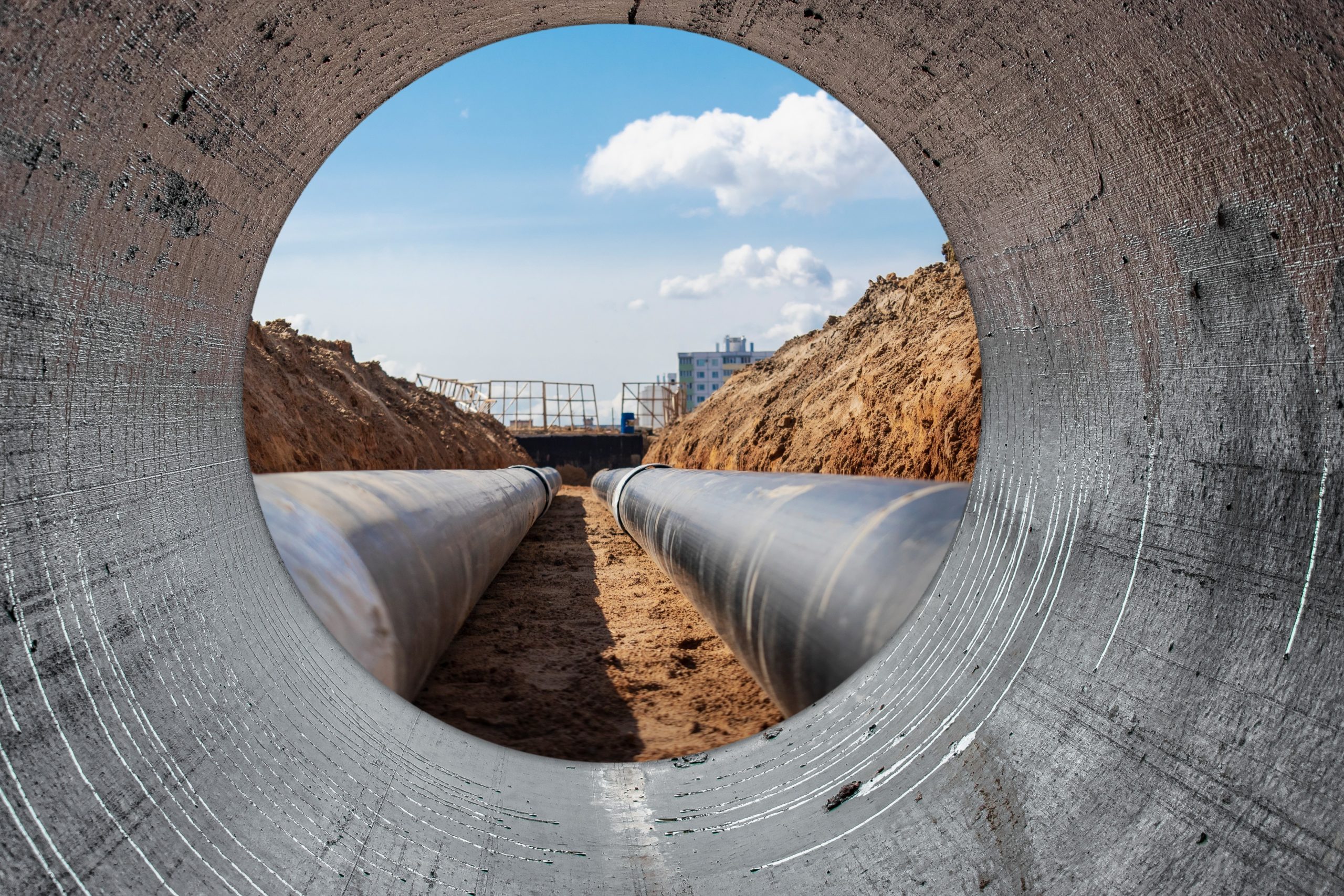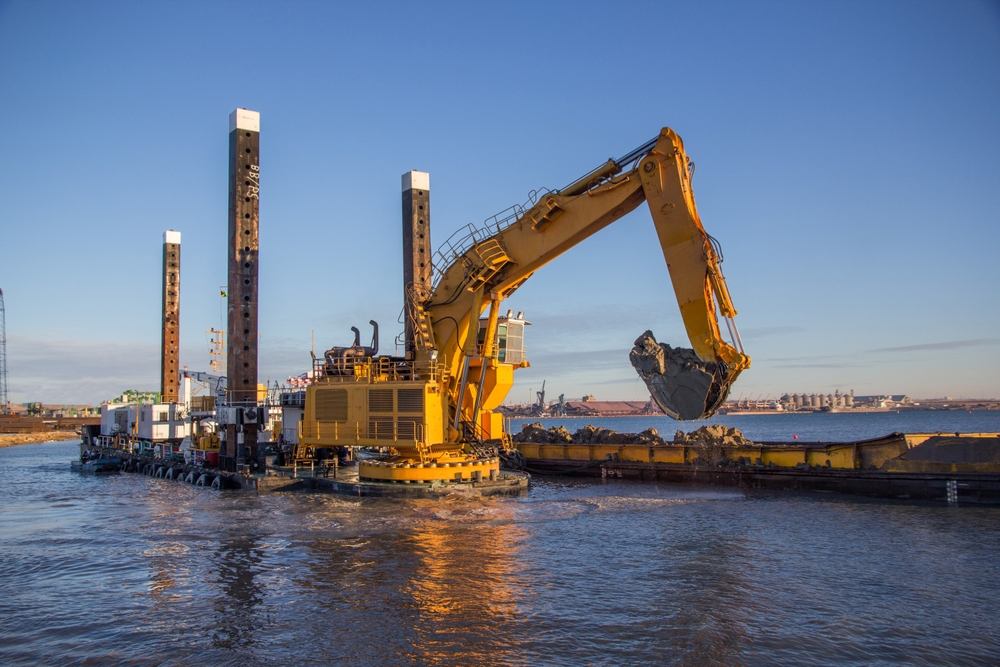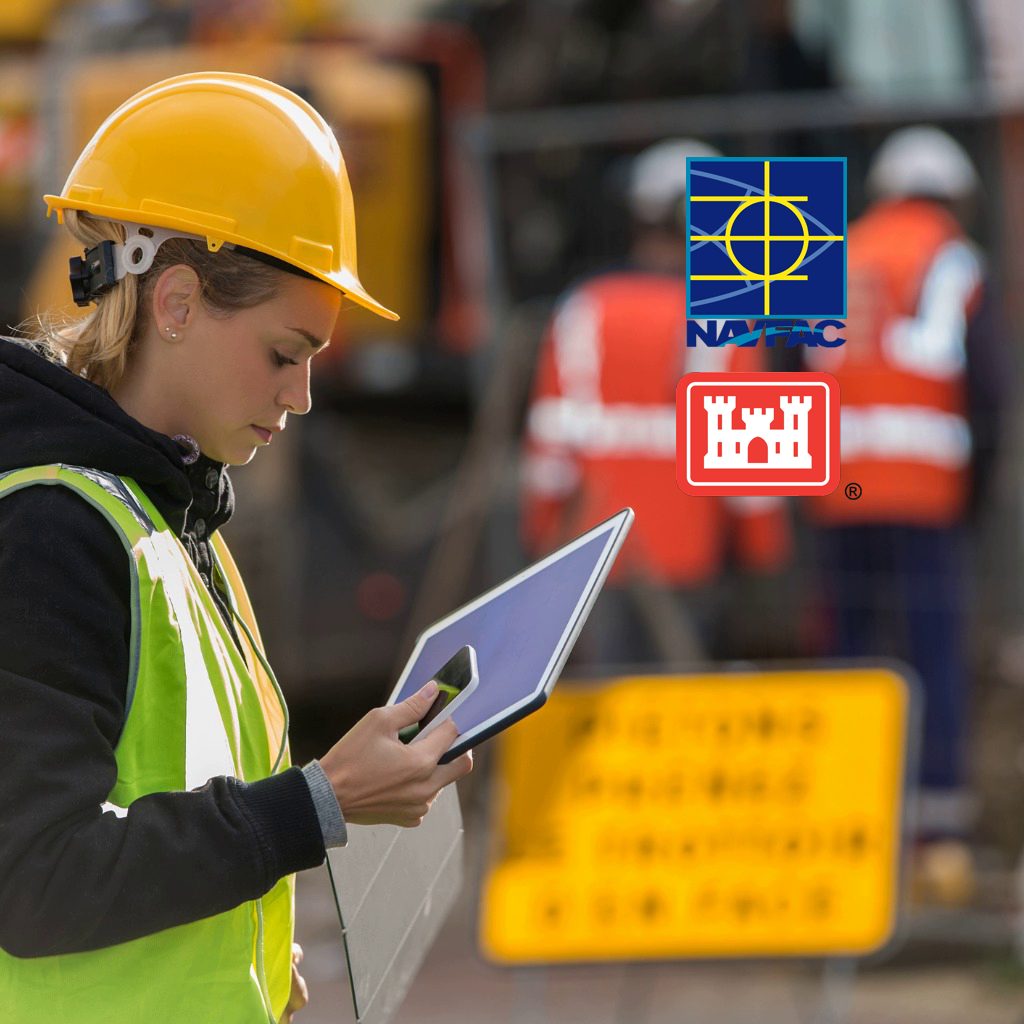Ensuring Safety in Construction
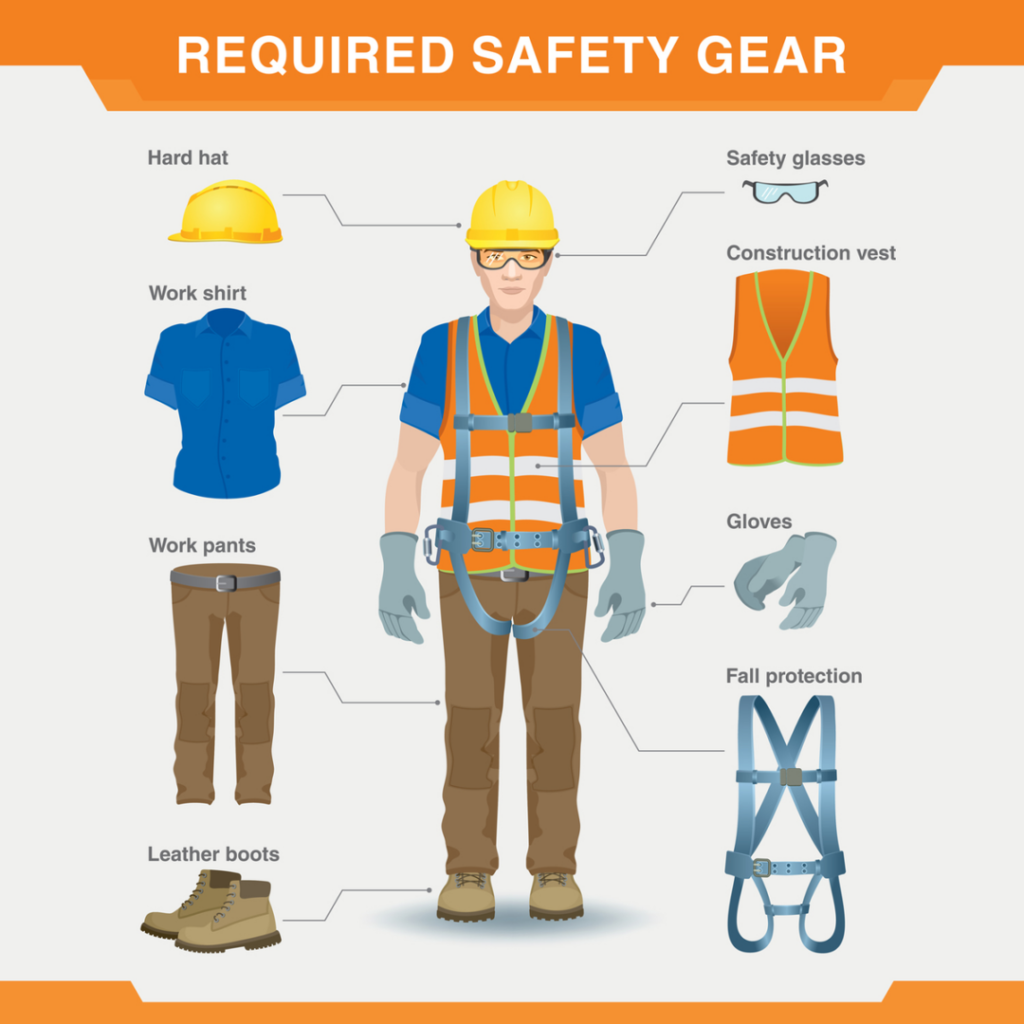
Need a competent and qualified site safety & health officer (SSHO) for your construction project? TITAN Consultant’s SSHOs are the best in the industry. All our SSHOs have, at a minimum:
- Five years experience in USACE, NAVFAC, and VA projects as SSHOs
- OSHA 30-hr Construction DOL card
- Active First Aid / CPR / AED
- 24-hrs Fall Protection Competent Person per EM 385-1-1 requirements
- 8-hrs annual safety continued education
According to the EM385-1-1 (March 2024), a Site Safety and Health Officer (SSHO) must always be at the work site to oversee safety and occupational health management, surveillance, inspections, and enforcement for the Contractor. It is important to note that the Contractor’s Quality Control (QC) person cannot serve as the SSHO on most projects despite having safety inspection responsibilities as part of their QC duties.
The SSHO must meet the following requirements:
Level 1:
- Experience: Worked on similar projects.
- Training: Completed a 10-hour OSHA construction safety class or equivalent within the last three years.
- Competent Person Training: As required.
Level 2:
- Experience: A minimum of 3 years of safety work on similar projects.
- Training: Completed a 30-hour OSHA construction safety class or equivalent within the last three years.
- Competent Person Training: As required.
Level 3:
- Experience: A minimum of 5 years of safety work on similar projects.
- Training: Completed a 30-hour OSHA construction safety class or equivalent within the last five years.
- Additional Training: At least 24 hours of formal safety training each year for the past five years.
- Competent Person Training: As required.
Level 4:
- Experience: At least ten years of progressive safety work, with at least five years of experience on similar projects.
- Training: Completed a 30-hour OSHA construction safety class or equivalent within the last five years.
- Additional Training: At least 24 hours of formal safety training each year for the past five years.
- Competent Person Training: As required.
Level 5:
- Certifications: Must be an Associate Safety Professional (ASP), Certified Safety Trained Supervisor (STS), and Construction Health & Safety Technician (CHST).
- Experience: At least ten years of progressive safety work, with at least five years of experience on similar projects.
- Training: Completed a 30-hour OSHA construction safety class or equivalent within the last five years.
- Additional Training: At least 24 hours of formal safety training each year for the past five years.
- Competent Person Training: As required.
Per the Government Safety Requirements specifications within most Prime Construction Contracts,
the primary roles and responsibilities of the SSHOs include:
- Conduct daily safety and health inspections, maintaining a log of inspected areas, dates, hazards, corrective actions, and completion dates. Submit daily reports to the QC Manager.
- Conduct mishap investigations, complete accident reports, and report near misses.
- Use and maintain OSHA’s Form 300 to log work-related injuries and post Form 300A on the site safety bulletin board.
- Attend pre-construction, mutual understanding, three-phase quality, and progress meetings.
- Review, approve, implement, and enforce the APP and Accident Hazard Awareness (AHAs) for compliance with EM 385-1-1.
- Maintain applicable safety reference materials on-site.
- Establish and maintain a safety deficiency tracking system.
- Maintain a list of hazardous chemicals and their Safety Data Sheets (SDSs).
- Maintain a weekly list of high-hazard activities and be prepared to discuss details during Quality Control Progress Meetings.
|
We are proud to have worked in the following states:
|
||||
|---|---|---|---|---|
We are proud to have worked in the following countries:
Puerto Rico
U.S. Virgin Islands
Guam
Korea
Japan
Afghanistan
Brazil
Frequently Asked Questions (FAQ)
The site safety and health officer (SSHO) is ultimately responsible to ensure and enforce government and prime contractor safety policies while work is being performed on the construction project.
You cannot replace experience with education in this profession. But to start as an SSHO, the best certification to start with should be your OSHA 30-hr, First Aid, CPR, 24-hr fall protection competent person, and EM 385-1-1 40 hr. These courses will prepare the SSHO in how to read and enforce the required safety policies.
You should first begin your path by supervising operations as an HSE Manager or SSHO in general industry or construction industry. You will need to first establish 5 years of documented safety supervisory experience. During this time, you should begin taking OSHA 30-hr, CPR, First Aid, 24-hs fall protection competent person, and EM 385-1-1 40 hr course. After these are complete, you should be qualified to work as an SSHO on some USACE and NAVFAC construction projects.
SSHO stands for Site Safety & Health Officer. The SSHO is responsible to ensure the safety od the construction project by enforcing government and prime contractor safety policies.
Like all positions, pay rates vary depending on the level of responsibility, hours worked, and project complexity. But the industry average
Not all the projects have the same. The more complex the construction project, the more qualifications may be required. But most construction projects require the SSHO have: 5 year’s continuous safety experience (construction or general industry) as a supervisor or manager, OSHA 30-hr card issued by the Department of Labor (DOL), 24-hour fall protection competent person (per EM 385-1-1), active first aid/CPR card, and 8 hours of continued experience annually in construction safety.
Some projects may have multiple sites, which may not allow proper safety supervisors to be available to enforce the safety requirements. In lieu of this, many prime contracts require multiple SSHOs (1 per worksite location), or for the prime contractor to assign Designated Representatives (DR), or Collateral Duty Safety Officers (CDSO) to report directly to the SSHO of their findings and reports. This ensures that safety is being monitored at all times on the construction site.
- Conduct daily safety and health inspections and maintain a written log of what area were inspected, dates, hazards, corrective actions, and dates corrections were made. Submit this daily report to the QC Manager for submission to the government.
- Conduct mishap investigations and complete accident reports. Report near misses.
- Use and maintain OSHA’s Form 300 to log work-related injuries occurred on the project. Post and maintain Form 300A on the site safety bulletin board at the project site.
- Attend pre-construction meeting, mutual understanding meeting, three-phase quality meetings, and progress meetings.
- Review the APP and Accident Hazard Awareness (AHAs) for compliance with the EM 385-1-1. Approve, implement, and enforce all safety plans and AHAs on the project.



